A Website Isn’t as Important as Rome, But Pretty Close
We’re in the process of rebuilding our Timber Creek Construction web site to freshen it up and provide a clearer and more informative message. Whether building Rome or a website, both are big projects. I thought it would be good to share –
The reasons behind the rebuild
A sneak peek at what’s coming
Why does anyone even bother having a website anyway?
According to How Stuff Works, “A website lends an air of credibility – it lets people know that you’re serious and ready to do business. It’s a guaranteed sales booster and a whole lot less expensive than buying ads.” So, if you’re in business and you want to connect with someone who might need your product or service, having a website is a good thing.
Okay, but we already have a website, why do we need to rebuild it?

That’s a good question and one that I asked myself. What’s wrong with the site we have? It’s not that old. We built it when we started Timber Creek Construction…in…2003. Okay, so that’s a little longer ago than I thought. It was cutting edge then but now…not so much. It took someone on the outside to bring this to my attention.
We need to clarify our message.
There is a whole list of issues that customers typically have with building contractors, almost all of them come down to one thing – poor communication. Good communication takes two, but in a business to customer relationship the majority of this responsibility lies on the contractor. Clearer, better communication is one of the main things that we hope to accomplish with the new website.

One way to improve the communication is to improve contractor’s business systems. Most small construction companies knew how to do their trade when they started their business but didn’t have any idea how to manage the operational part of their company.
As I looked closer at the Timber Creek website, I discovered that both Timber Creek Construction and Solution Building’s messages at the foundation were the same. In both cases we help people find solutions for building their dreams, whether that’s constructing a building or an operating system to run a more effective business.
Helping small businesses develop and implement business systems and informing and educating the customer is the purpose for Solution Building.

Let us know about any issues or problems that you’ve have with construction projects or operating your business in the comments below.
We will be sharing progress updates and more details of both Timber Creek Construction and Solution Building in future posts.










 It’s been said, if you want to get something done you should ask a busy person to do it. On the surface this appears counterintuitive. It would seem the person with spare time would be more likely to do something than the busy person. In reality it isn’t in the time available, rather it’s in the person’s level of drive. Busy people are doers.
It’s been said, if you want to get something done you should ask a busy person to do it. On the surface this appears counterintuitive. It would seem the person with spare time would be more likely to do something than the busy person. In reality it isn’t in the time available, rather it’s in the person’s level of drive. Busy people are doers.

 If Not, Maybe the Problem Lies in Your Expectation
If Not, Maybe the Problem Lies in Your Expectation
 Maybe we need to alter our expectations, but not our faith. In
Maybe we need to alter our expectations, but not our faith. In 








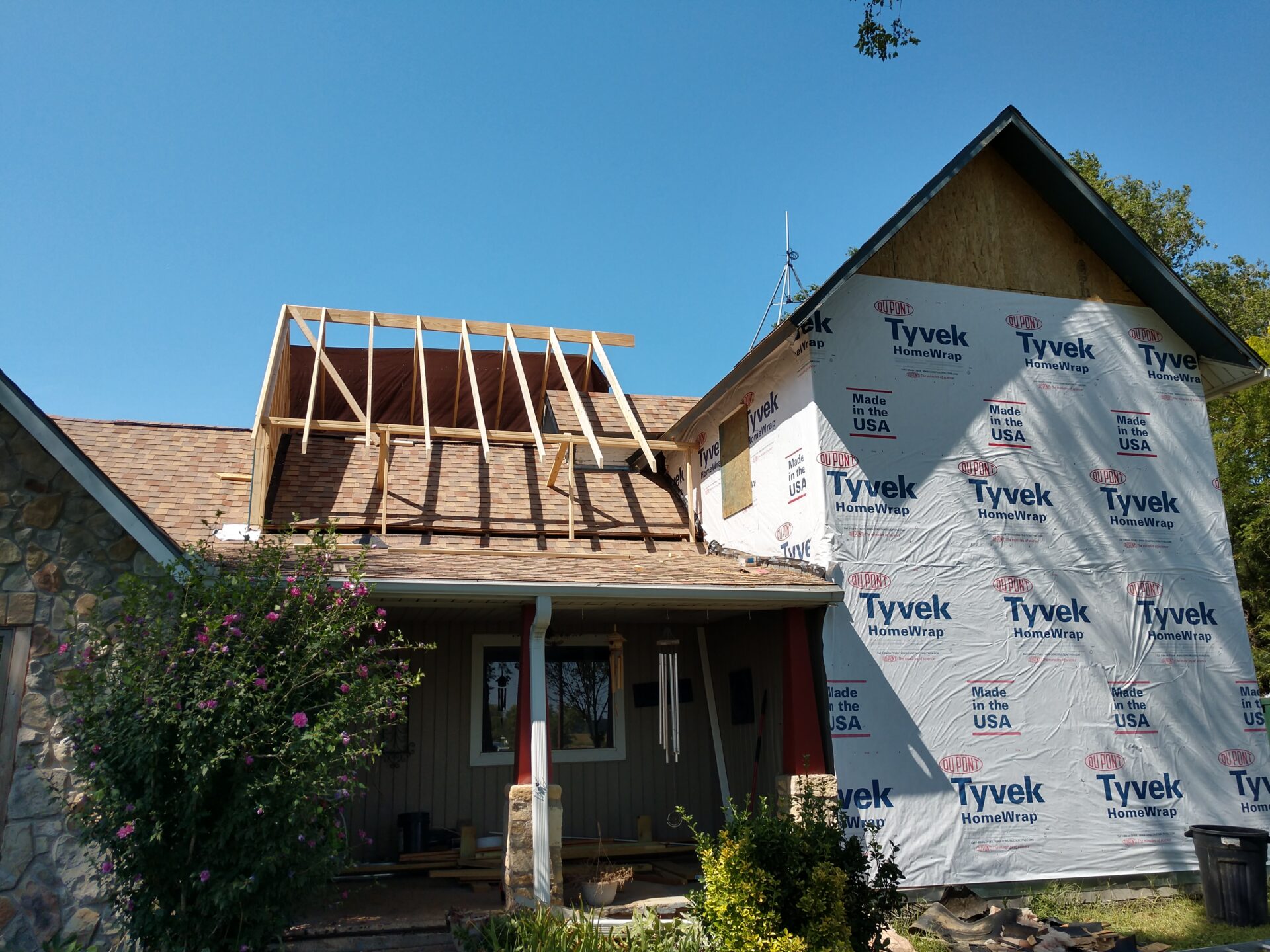

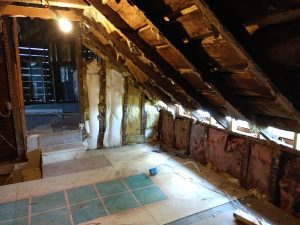
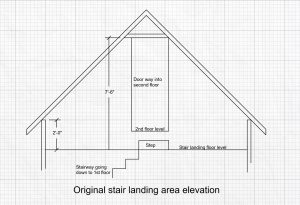

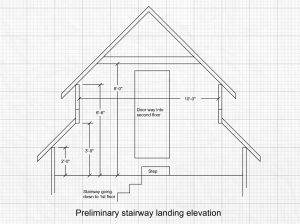

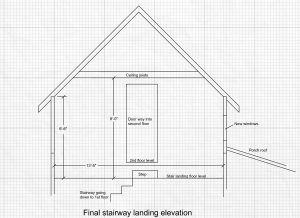


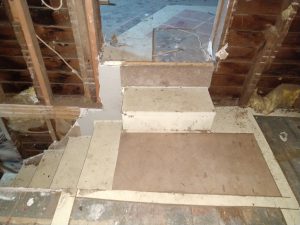









 We can’t imagine our little snowball having any effect on that big hairy time monster. At first it doesn’t appear that it does, but if we keep after it, it will. Those little wins add up. Being able to see each of these little wins give us an opportunity to celebrate. The more celebrating, the more winning, the more winning, the more celebrating.
We can’t imagine our little snowball having any effect on that big hairy time monster. At first it doesn’t appear that it does, but if we keep after it, it will. Those little wins add up. Being able to see each of these little wins give us an opportunity to celebrate. The more celebrating, the more winning, the more winning, the more celebrating.


 Then we did a
Then we did a 